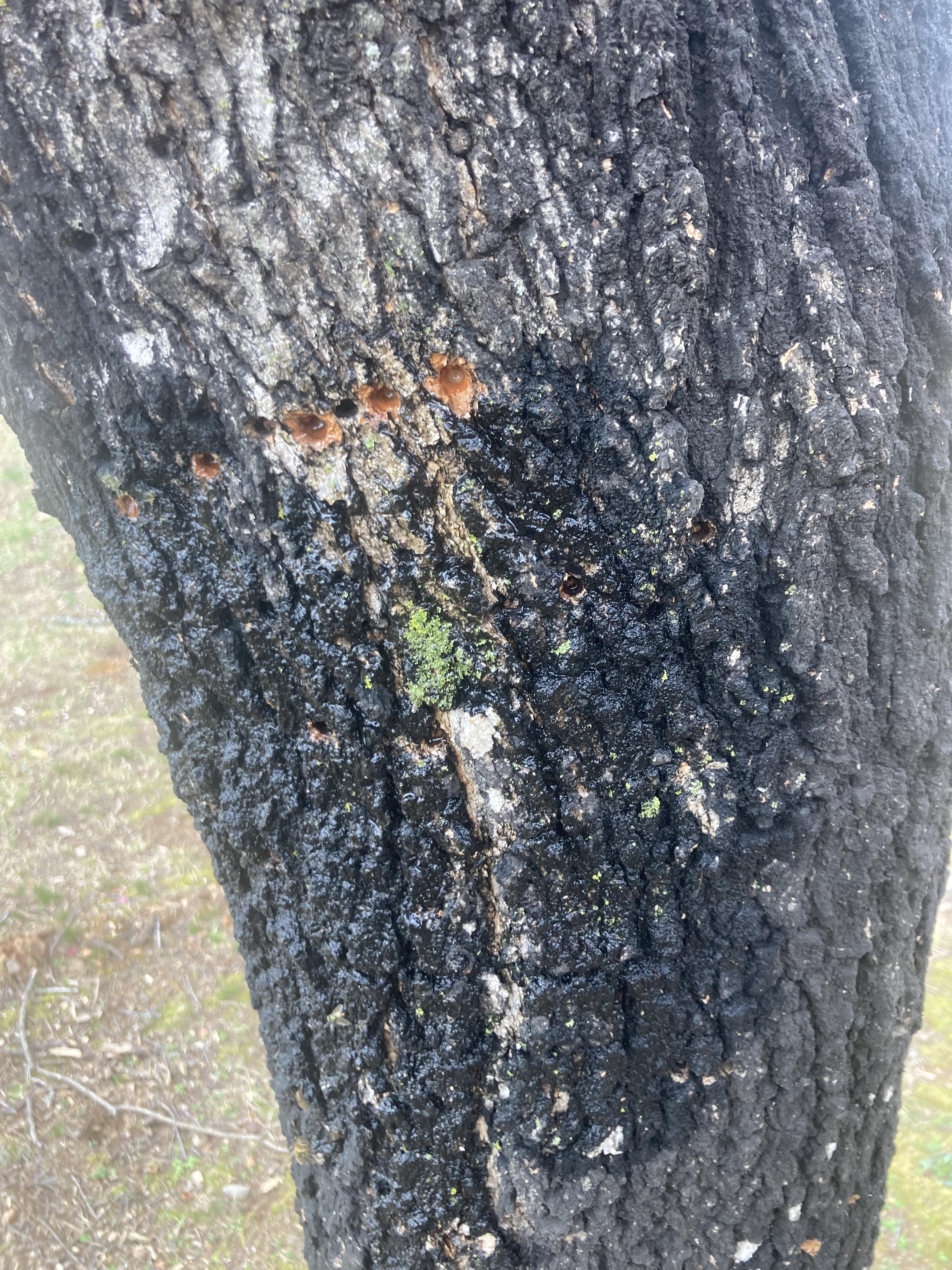Yellow-Bellied Sapsuckers
Contact
University of Arkansas System Division of Agriculture
Cooperative Extension Service
2301 S. University Ave.
Little Rock, AR 72204

Yellow-Bellied Sapsuckers
I remember our first black-and-white television arriving in our rural home in the 1950s. It was a big deal. Lone Ranger went from stories on the radio to grainy images on the TV. It was from the Disney cartoons of that era I learned about what I thought were mythical creatures such as Tasmanian devils and yellow-bellied sapsuckers. I’m still waiting to see my first Tasmanian devil, but just last week I saw the first yellow-bellied sapsucker of the season working on the sugar maple outside my window.
Yellow-bellied sapsuckers are the only truly migratory woodpeckers that feed primarily on the sap of a wide variety of trees. Four species of sapsuckers are recognized with the yellow-bellied the most common across North America. It overwinters in a broad region of the southern states, including all of Arkansas, and as far south as Central America. In the spring, it migrates north into cooler regions from eastern Alaska to New England for the summer breeding season.
The yellow-bellied sapsucker is a medium-sized woodpecker, ranging from 7-9 inches in length, with a wingspan of about 12 inches. Overall, it has the black and white banding of several woodpeckers with an elongated white wing stripe when at rest that differentiates it from many of its kin. Male birds have a red topknot, bordered by bands of black and white and a red throat, whereas females have the red feathers on top their head but not a topknot. The underbelly of the males often has yellow-tinged (or creamy) feathers.
Sapsuckers produce two kinds of holes, known as feeding wells to birders. The holes are arranged in concentric circles around the tree trunk and spaced an inch or so apart on a horizontal plane. These woodpeckers are territorial and return to the same tree year after year. The birds typically open new feeding wells each season, so several of these concentric rings of holes may be present from past years.
In the spring they drill deep, round holes about the size of a pencil into the youngest xylem cells (sapwood) of the tree. At that time of year, the sugars stored in the roots are being transported to the branches and can contain from 6-10 percent sugar. These are the holes we see in Arkansas. In the summer, once leaves have appeared, sugar transport reverses and the leaves send sugars to the roots through the phloem (cells just beneath the bark of the tree). These holes are shallow and elongated in form and must be worked often during the summer to keep the sap flowing. To feed their young, sapsuckers harvest ants, spiders and other insects, but before delivering the treat to their gaping maws, they dip them in a little tree sap first.
During the breeding season insects and spiders make up about half of the diet of yellow-bellied sapsuckers. In the fall and winter sap and woody fibers from the cambium region of the tree make up most of their food supply. Along the way they will eat berries and the occasional nut, but generally in small quantities.
The lisping retort of Yosemite Sam as he chased Buggs Bunny around the vegetable garden calling him a yellow-bellied sapsucker always produced a giggle from me. This insulting idiom, meaning Buggs was a cowardly “wabit” for not facing down Sam’s shotgun, is an old insult that dates back to at least 17th century Europe. The first use of the insult in the Americas dates to the Mexican-American War of the 1840s. Writers in Hollywood added the sapsucker part in the 1930s because it just sounded good.
Sapsuckers can kill trees by girdling the trunk and stopping the flow of sap to the roots. These woodpeckers feed on over 400 species of trees but favor trees with high sugar-content sap such as birches and maples. Locally I’ve seen more damage to pines, yews and magnolias than deciduous trees. While death by girdling is a possibility, it is a rare event. All manner of folk remedies such as using plastic snakes, aluminum flashing, twirling compact disks and tethered tom cats have been tried to scare off the sapsuckers, but with mixed results.
